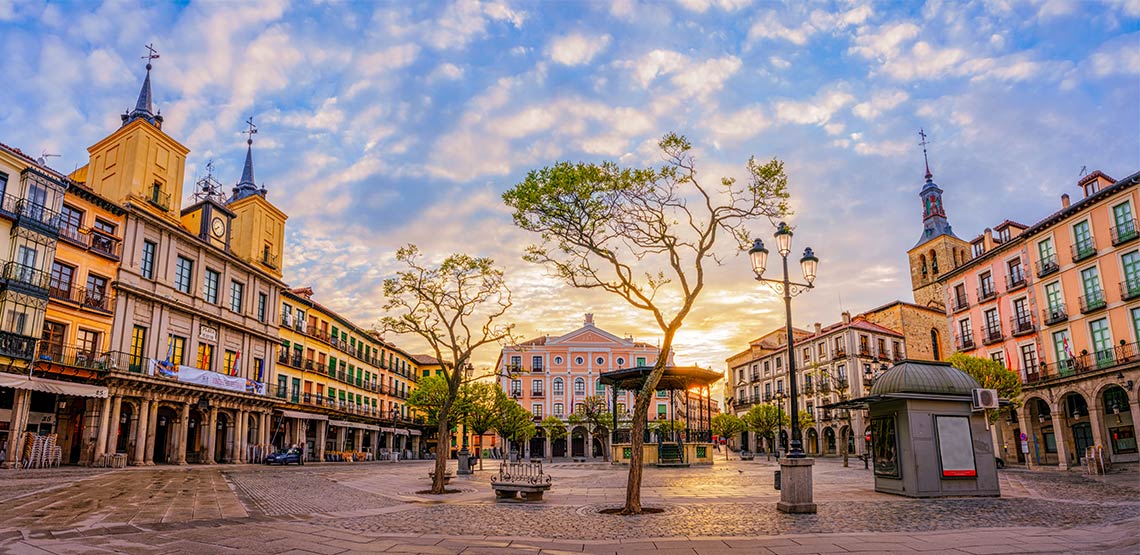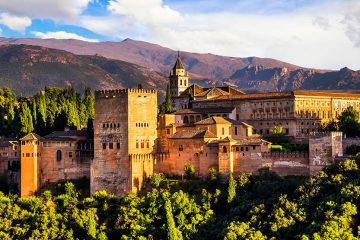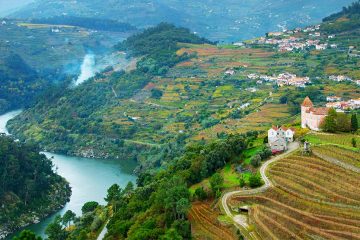Get Away from the Crowds and Discover What These Colorful Neighborhoods in Madrid Have to Offer
Seek out the Hidden Gems
Madrid is one of Europe’s most populated cities. It’s no surprise that along with the massive number of people living there, it has many small, unique neighborhoods waiting to be discovered.
As it is the capital of Spain, Madrid is the epicenter for all things art, history and culture. An abundance of wealth has flooded Madrid since the monarch settled there, so everyday exploration of the city can feel like a luxurious experience.
When it comes to things to do in Madrid, as well as spending time in the bustling, busy streets of the downtown core, it’s a good idea to seek out some of the many hidden gems of neighborhoods the city has to offer. With 21 different barrios (districts) in Madrid, it’s easy to get overwhelmed by just how much there is to see. Here’s a list of the top four of Madrid’s most unique barrios to spend an afternoon exploring.
Malasaña
The fun, alternative neighborhood of Malasaña is a short 10-minute walk north of Madrid’s epicenter. This is the place you want to go to for local, aesthetically pleasing coffee shops, vintage clothing stores, and great pubs and bars at night.
The Movida Madrileña movement in the ’70s and ’80s called Malasaña its home and it’s obvious in the vibrant, powerful street art. I recommend checking out Plaza del Dos de Mayo while in Malasaña — a great historic square filled with cafes and street performers. Whether you have an hour or a full day, I highly recommend visiting Malasaña; it has something for everyone to enjoy.
Chueca
Chueca — Madrid’s youthful, lively, gay neighborhood — is conveniently situated right next Malasaña. This is the place to come to for a fun night out at one of the many clubs that feel safe, inclusive and welcoming to travelers from abroad.
As well as great nightlife, it is also home to the Museo del Romanticismo, a stunning museum that presents life in the Romantic period. This museum is unassuming from the outside and definitely an underrated gem in Madrid. It is definitely worth checking out if you’re spending a day in Chueca.
If you're looking for a Spain cruise, these are some of the best cruise lines jetting along the Mediterranean, landing in beautiful Spanish ports.
Lavapiés
Although it may not be as aesthetically pleasing or clean as Malasaña or Chueca, Lavapiés is much richer in diversity and a more truthful representation of how the locals live in Madrid. Unlike the center of Madrid, there are no chain restaurants or big-name fashion stores in Lavapiés. The area is one of the main spots the Indian community has settled in Madrid, so it’s worthwhile to have at least one dinner at one of the many extremely delicious, cheap and authentic Indian restaurants in this barrio.
Many of the streets of Lavapiés are filled with terraces that are packed with locals. If you want a seat at one of the many tapas places lining the side streets, I suggest getting there a little before the crowds (around 8 p.m.). If you want to truly experience authentic Madrid along with its struggles, anti-capitalist history and controversial street art, Lavapiés is the place to go.
La Latina
Much older than all the other barrios mentioned, La Latina is a historic neighborhood in Madrid that is the place to go for all things Spanish. For the best tapas in town, a visit to La Latina is a must.
As well as delicious, authentic Spanish food, La Latina is home to Madrid’s biggest flea market — El Rastro. If you enjoy a good treasure hunt, El Rastro is the place to come. It runs every Sunday from 9 a.m. to 3 p.m.
As you can see, Madrid has so much more to offer than just the touristy, downtown core. It’s always worth venturing out a little to discover the true heart and soul of a city. You never know what you’ll find when you’re lost in one of the many unique, colorful barrios of Madrid.







